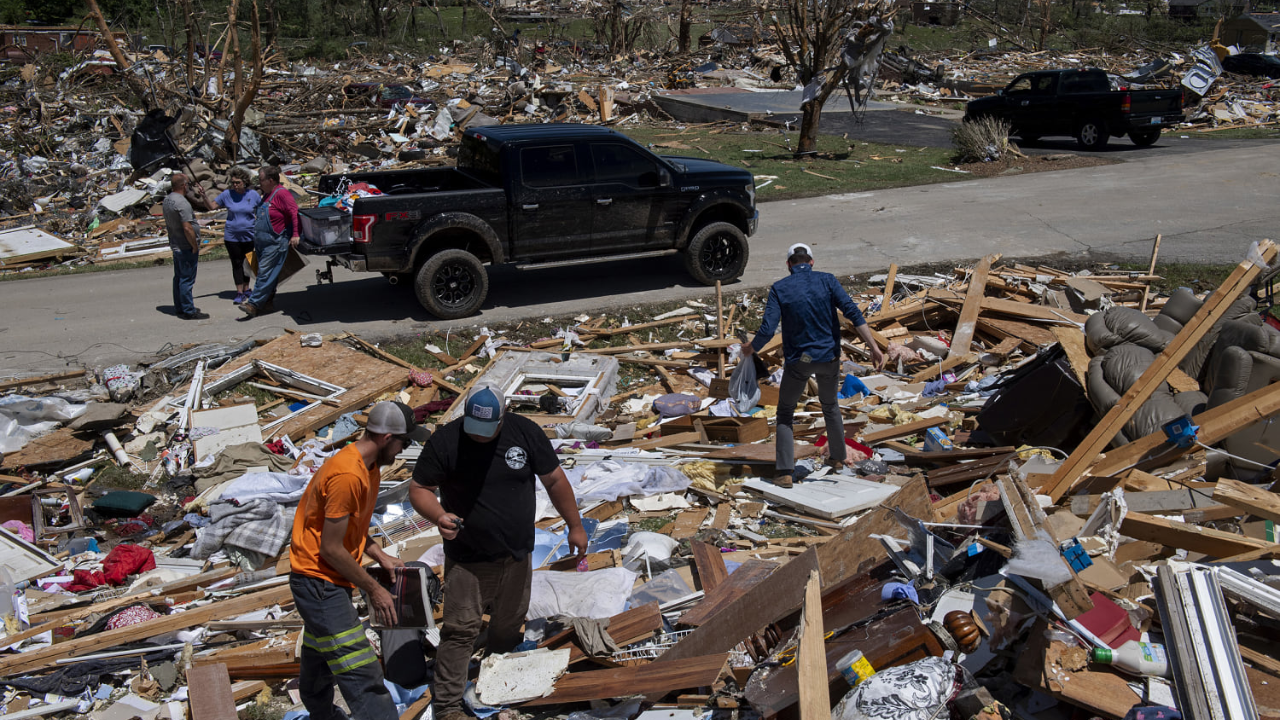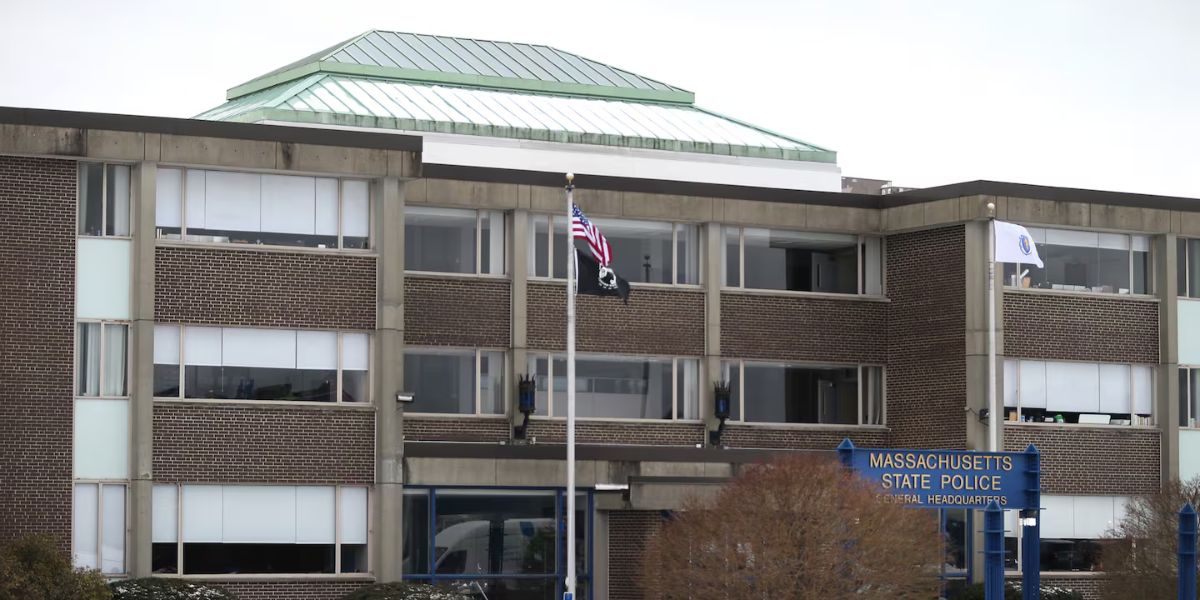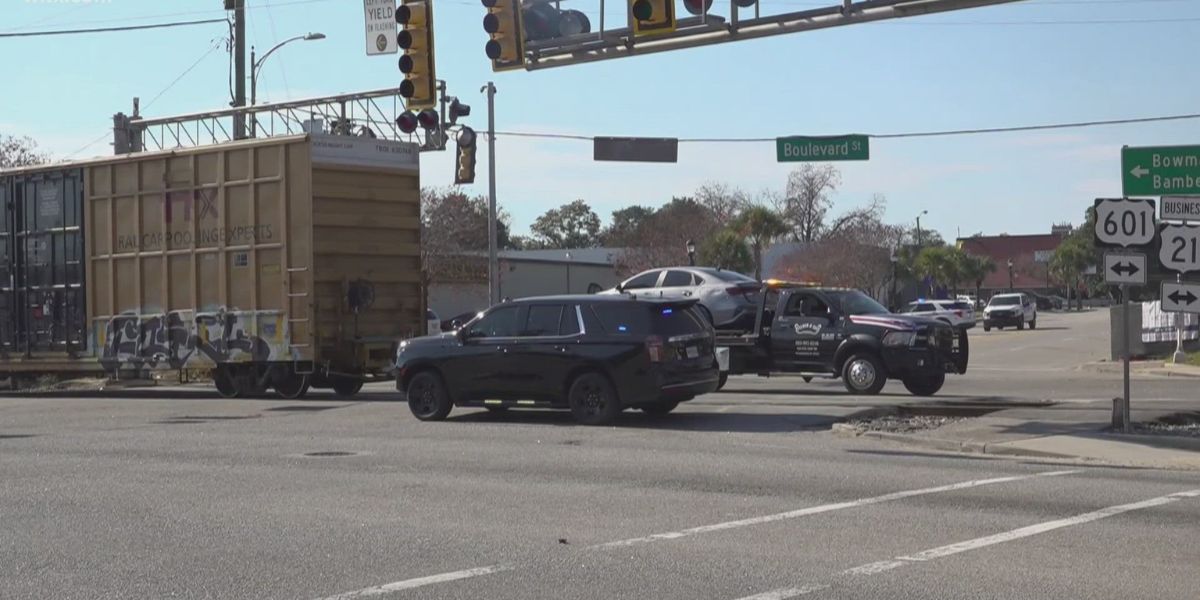At least 28 people lost their lives as severe storms and tornadoes struck three states in the United States, leaving behind destruction and chaos.
The deadly weather system swept through parts of Missouri, Illinois, and Arkansas, causing damage to homes, power outages, and disruptions in daily life.
The storms brought strong winds, heavy rain, and multiple tornadoes. These tornadoes tore through communities, flattening buildings and uprooting trees. Emergency services rushed to affected areas to help rescue those trapped and provide support to survivors.
Officials confirmed that the death toll has reached at least 28 people, with many others injured. Rescue operations are ongoing, and authorities warn that the numbers could rise as more areas are assessed.
The National Weather Service had issued warnings ahead of the storms, but the intensity caught many by surprise.
Power outages affected thousands of homes and businesses. Utility crews are working around the clock to restore electricity and clear roads blocked by fallen trees and debris. Local shelters have been set up for people who lost their homes or need a safe place to stay.
Communities in Missouri, especially in the southwest region, were among the hardest hit. Many homes were destroyed or severely damaged. Residents described the terrifying moments when the tornadoes struck, sharing stories of narrowly escaping harm.
In Illinois and Arkansas, similar damage was reported, with some areas experiencing flash floods due to heavy rains. Emergency officials urge people to stay cautious and follow safety instructions as clean-up efforts continue.
State and federal agencies are coordinating relief efforts. Disaster declarations are expected soon, which will allow access to more resources and aid for affected communities. Volunteers and organizations are also coming forward to provide food, clothing, and other support.
Meteorologists say that such severe weather events may become more frequent due to changing climate patterns. Experts stress the importance of being prepared and having emergency plans in place.
The public is advised to monitor local news and weather updates closely. Staying informed and following safety guidelines can save lives during such dangerous storms.
If you or someone you know is affected, help is available through local emergency services and disaster response teams.






